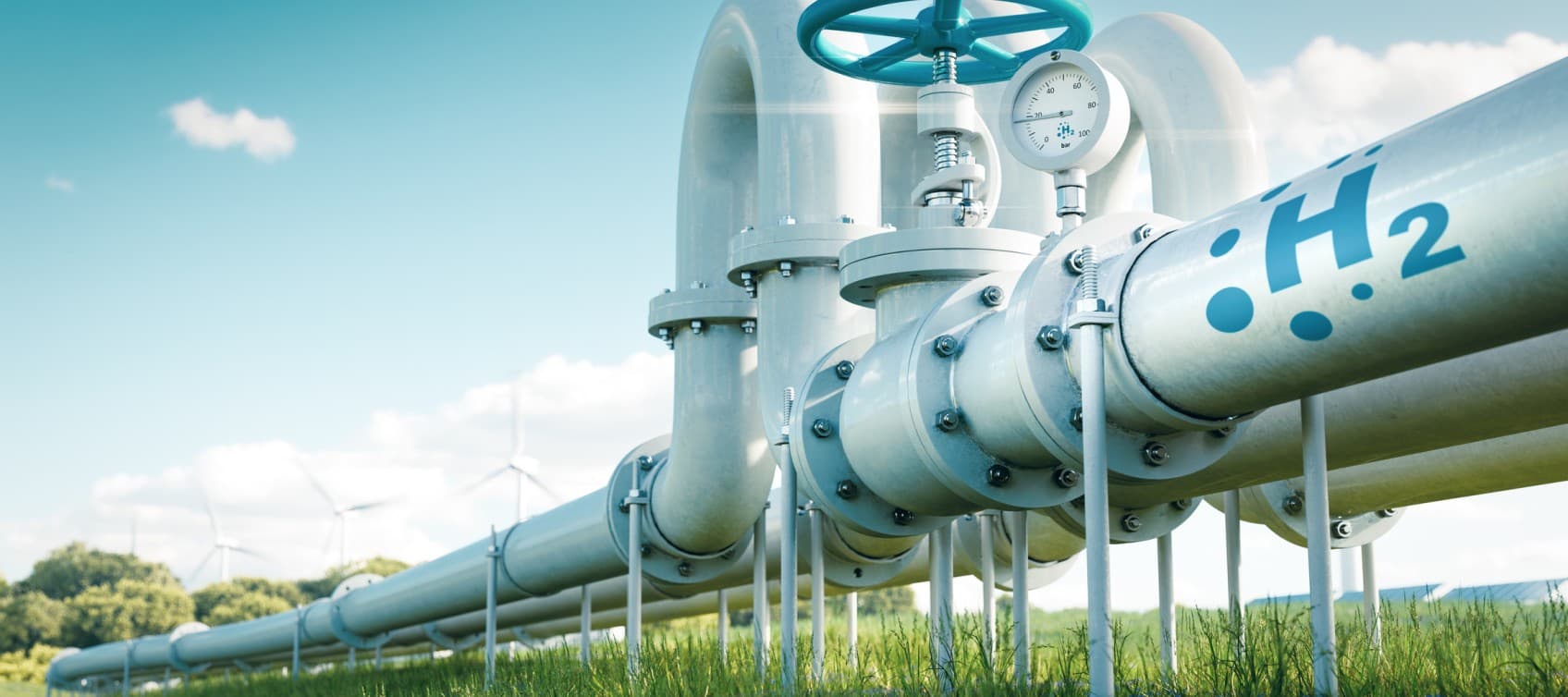Hydrogen has a vital role to play as Aotearoa’s transition to a zero-carbon future and Firstgas Group is investigating the role of hydrogen and what we will need to do for our network to carry hydrogen in the future.
Can Green hydrogen be mixed into natural gas pipelines?
One of hydrogen’s many advantages as an energy source is its versatility – it can be transported as a liquid fuel a gas or a solid. That means it’s not only possible to use hydrogen for fuel cells in trucks and ships, but it can also start to provide an emissions-free replacement for natural gas. A blend of green hydrogen could be piped into natural gas pipelines, to help reduce carbon emissions over time as we move towards a zero-carbon future.
Is it really possible to blend hydrogen into the natural gas pipeline? We know it can be done, because it’s already happening overseas.
Green hydrogen in gas – it’s going global
With hydrogen seen as an important component of zero carbon energy systems across the globe, there’s a huge amount of activity going on internationally. It’s hard to put it in a nutshell, but over 30 countries currently have a national hydrogen strategy in place and $70 billion of funding has been committed globally over 228 ongoing projects.
The United Kingdom is one place making big strides in blending some green hydrogen into its natural gas pipelines. The National Grid has created FutureGrid, where blends of 2%, 20% and 100% hydrogen will be trialled. Meanwhile, in Scotland, wind farms in Fife are producing green hydrogen which can be piped into the natural gas network. Households will begin using a green hydrogen blend to heat their homes sometime in 2023.
The HyDeploy programme is successfully demonstrating hydrogen use in homes in the village of Winlaton, while the award-winning Hy4Heat programme set up a Hydrogen Home in Gateshead with hydrogen appliances.
In Japan, the former Olympic village in Tokyo is providing a testing ground for piped hydrogen, and in China, Shanghai says it will use both hydrogen-only and hydrogen-blend pipelines in its bid to become the country’s hydrogen capital.
The pressure is on to use less gas across Europe, as the region aims to simultaneously reduce its emissions and its dependence on energy from Russian gas. One village in Slovakia, Blatná nadOstrovom, has recently trialled blending 5% green hydrogen in its natural gas supply to households – and there haven’t been any complaints.
What’s particularly encouraging is that residents haven’t had to buy any new appliances to cope with the change: Even the oldest, boilers and stoves have not had problems, according to Euractiv. The supplier plans to roll out the 5% mix by 2025, then increase it to 10% by 2030, peaking at 20% some time after that.
Creating jobs closer to home
Just across the ditch, the Aussies also have a trial underway, in Western Sydney. It uses solar and wind power to generate green hydrogen, which is being blended into gas pipelines in New South Wales. It predicts it can produce enough hydrogen to power 250 homes each year.
In South Australia, the Hydrogen Park is Australia’s largest electrolyser, and has been producing renewable hydrogen since 2020 – up to 20kg every hour.
These projects tie in with the country’s National Hydrogen Strategy, which aims to position Australia as a major global supplier of green hydrogen. It is forecasting 16,000 new jobs and $50 billion in extra revenue by 2050 from the hydrogen economy.
There’s a huge amount to be gained by moving to renewables
Clarus company, Firstgas, with gas distribution businesses, Gas Net, Nova Energy, Powerco and Vector, are undertaking a WorkSafe-approved pilot for four months in 2025. During the Pilot, hydrogen will be blended into the natural gas pipeline incrementally, starting at 3.5% and moving up to a maximum of 15% near the end of the pilot.
In the future hydrogen in pipelines could provide a low carbon option for New Zealand, especially for a range of key industries such as steel, glass and concrete production, as well as heavy transport.





